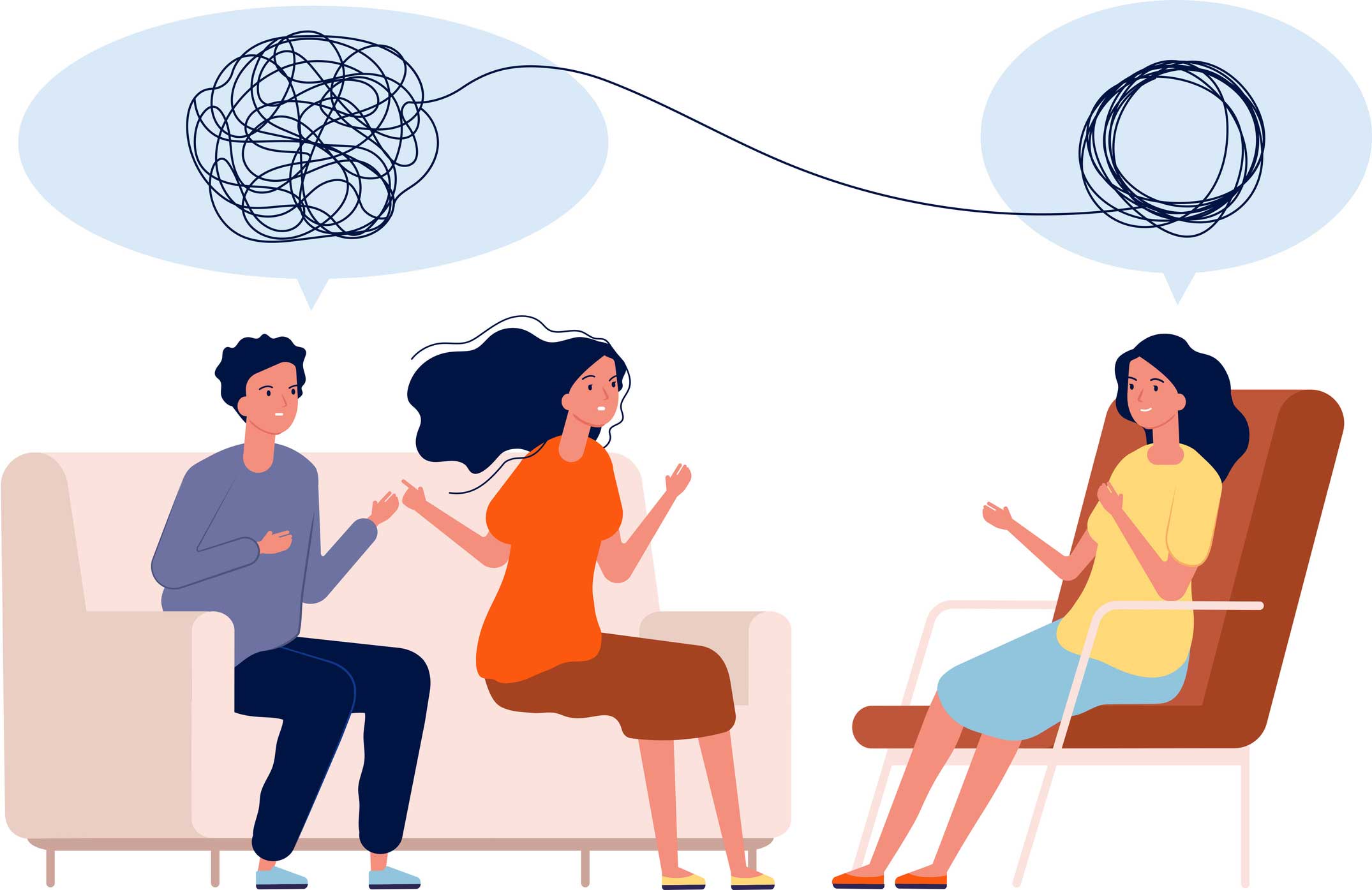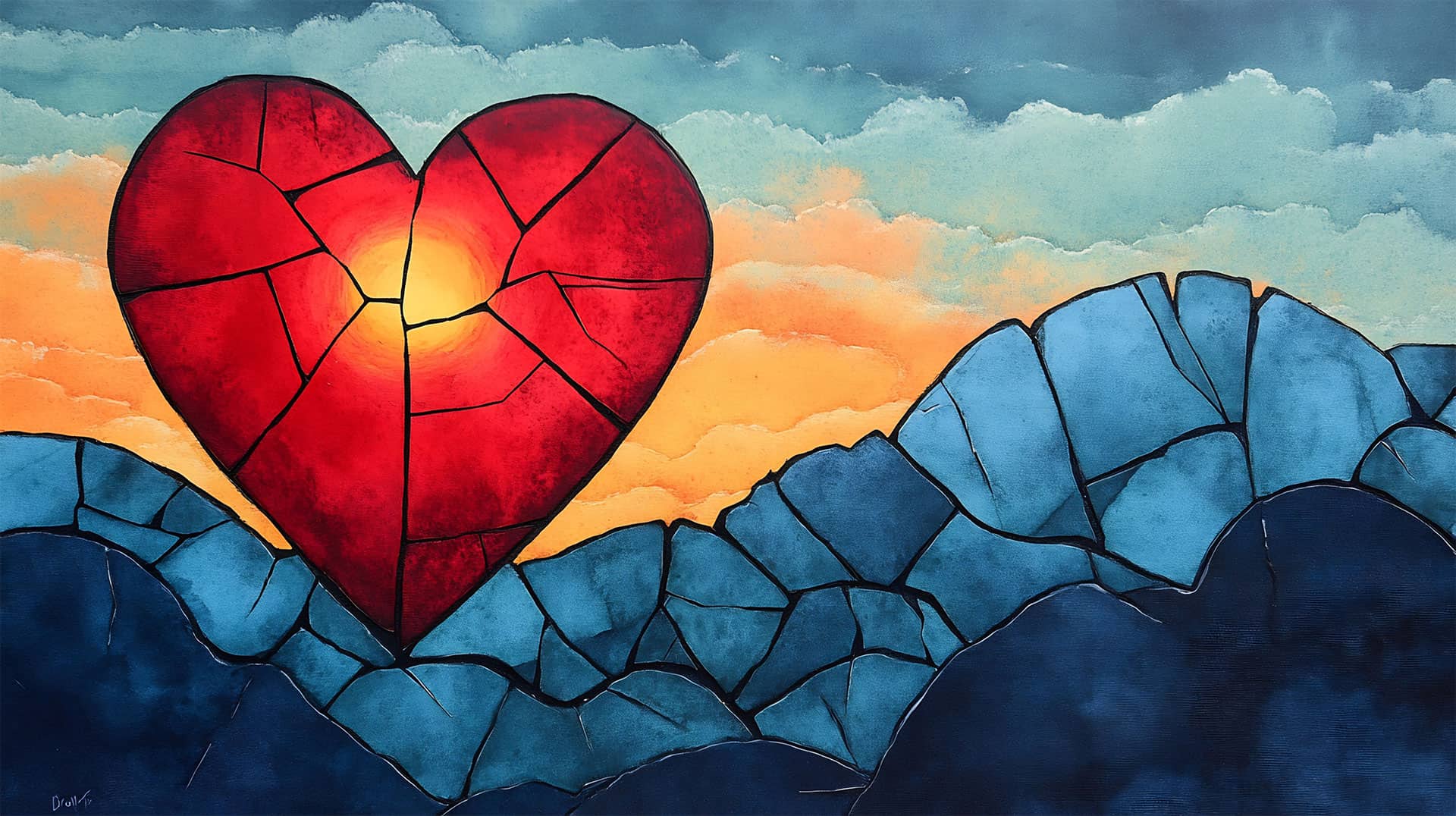Many couples hope that we therapists can magically solve their problems by fixing what’s wrong with the other partner. And nowhere is this faulty thinking more active than in couples where one or both parties show passive-aggressive patterns.
There are nearly 300 mental disorders in the DSM-5, but the two I took special interest in over the years are passive-aggressive and sociopathic personalities. I wanted to learn all I could so I could understand partners who seem to have unlimited capacity to stall progress.
Passivity is all over the place
Sadly, we can see this behavioral pattern everywhere we look. It shows up in virtually every setting where people need solutions, yet resist new ideas or suggestions, often while pretending to agree – which can make this behavior even harder to take.
Consider the patient who suffers a debilitating stroke or heart attack. As she recovers, she may ask her heart specialist, “What can you do to make sure this doesn’t happen again?”
Notice she’s not asking what she can do. She’s hoping the doctor will have solutions that don’t require her to take responsibility. Her physician will likely give her a prescription for daily medications that reduce chances of a second cardiac event, along with diet and exercise recommendations.
Amazingly, millions of patients in this exact situation take a frighteningly passive stance in caring for their heart health. In fact, within 12 months, studies show nearly half will stop taking the potentially lifesaving medications. Seemingly, even the effort it takes to swallow a pill is just too much.
If people can gamble with their lives this way, we shouldn’t be too surprised that many walk into couples therapy showing even greater resistance to the hard work required for an improved relationship.
Hallmark signs of passive-aggressive behavior
You probably have your own red flags that signal you’re working with a passive-aggressive partner. Here are a few of mine. You might see these emerge in sessions where past troubles are discussed, or they may even unfold right before your eyes.
-
Procrastination and missing agreed upon deadlines.
- Irritable, argumentative behavior, especially when challenged.
-
Working slowly or sloppily when asked to do something they don’t want to do.
-
The constant complaint that others make unreasonable demands on them.
-
Avoiding or fake-apologizing for failing to follow through by saying, “I forgot.”
-
Hot, active resentment when others suggest how the client can be more productive, supportive and reliable.
-
Complaining bitterly about the other spouse while doing nothing to make progress. This is especially true in hostile couples.
This last habit might be the deadliest in the context of couples therapy. Most passive-aggressive people resent anyone in authority, therapists included. So they do what they do with their spouses: refuse to cooperate and, when that doesn’t work, they interfere with anyone else in the room who’s intent on making progress.
Now you’re part of their dangerous dynamic
Once the passive-aggressive partner displays these tactics in therapy, it’s natural to identify with the spouse who’s been living with the negative fallout – often for years. Of course, this means you become triangulated in their unhealthy dynamic.
We’ll lay down more detailed strategies in a future post, but here are some essential things to know and do when working with passive-aggressive partners.
Stop thinking you can resolve this by being wise, skillful, and brilliant. The more responsibility you take for this couple’s progress, the less responsibility they will take.
Recognize that passive aggression is a coping mechanism learned early in life. Most passive-aggressive people grew up with critical parents who failed to nurture their talents, dreams, and personal growth. Experiencing how little chance they had of getting the love and support they craved, these children learned to bury their desires. This sets the stage for a lifetime of behaviors that are both passive and angry, marked by refusal to take action even when loved ones respectfully ask for change.
Notice that the other partner is entangled, too. Passive aggression often prompts the other partner to over function. In fact, it’s almost inevitable, since inside any marriage and household, things must get done. The weak performance of the passive-aggressive partner may motivate the other to fill in the gaps. This opens the door for accusations that the gap-filling partner is critical and controlling, another tactic that furthers the toxic dynamic.
Taking a leadership role with passive-aggressive couples
Awareness of what’s happening inside this couple’s relationship is critical for progress, but awareness is not enough. As their therapist, you must be a strong leader who avoids getting caught up in their problems and complaints. Instead, lead them in a new direction, which starts with taking charge of where their attention goes.
At the start, both are essentially saying, “My attention is focused on my partner, because my partner is responsible for all the pain and distress in our relationship.”
Your goal will be to shift them away from this external locus of control – in which they believe their problems lie outside themselves – to an internal locus of control that affirms they are in charge of their actions and, ultimately, the relationship they create together.
For more information on Passive-Aggressive behavior, see an article Lisa Grunwald wrote that appeared in Esquire magazine in April, 1989. It was written for the public but is helpful for professionals to use with passive-aggressive partners to identify their ineffective passive-aggressive behaviors.
In an upcoming post, we’ll dive deeper into the specific interventions that can help you achieve meaningful progress with passive-aggressive behavior. In the meantime, have any of these ideas sparked your interest? Please share your thoughts in the comment section below.


 We respect your privacy.
We respect your privacy.




ok so, “What If”, I am just “moderately” concerned, that a well-known family relative is characterizing “themselves” just like a declared terrorist (outwardly and inwardly, yet I have no proof)…or is that another Blog? Does it relate? Whatta ’bout a book? It’s okay to ask questions, right?
As the over-functioner with a passive aggressive partner (from whom I am now divorced) I can confirm this knowing summary of the behavior — and salute Pete’s deep understanding of the roots. My partner had a highly critical father and a mother who parentified him in service of caring for his siblings. He absolutely buried his desires save for the fantasy that he be completely taken care of as proof of “love.” None of the three therapists we worked with over 16 years had any idea what was really going nor how to handle it.
Carolyn-Thanks for your affirmation of the difficulty of this dynamic and why it matters for a therapist to understand it!
Love this article, esp the example of merely swallowing the pill being too difficult. This is my main concern right now, client retention.
And the observation that the resulting overfunctioning “opens the door for accusations that the gap-filling partner is critical and controlling” is bang-on.
(Bit of an error: the article in Esquire was not written by Pete but by Lisa Grunwald.)
Oh My goodness!! This could not have come at a better time. I see this so often in my sessions and have been like a deer in the headlights. Looking forward to reading more on what to do to take the lead
I just had a couple yesterday with this presentation! This really helps me understand the dynamic between them and will help me not get caught up in triangulation. Thank you!
Oh yeah, from a neighbor that refuse to tame her barking dog or to talk about it, to an ex who resists to see their part in the dynamic, to clients who dominates the session and plays the victim role… I think it comes from poor self definition and differentiation. They did not learn early on to identify, verbalize, and communicate who they are, what they think or feel. Their desire to be seen got so frustrated that they were also not allowed to express this frustration of course. But aggression comes out one way or another. From a cultural where women are disempowered and chronically passive aggressive, I am so familiar with this back stabbing theme, which is often portrayed in Chinese drama- the palace fight, where concubines use all kind of strategies to get others punished or killed so they can earn the emperor’s solo love.
In this case the passive aggressive one is my mother, and I am the over functioning one who is accused of being a sociopath. And yes, I’m still working as a therapist.
“The weak performance of the passive-aggressive partner may motivate the other to fill in the gaps. This opens the door for accusations that the gap-filling partner is critical and controlling, another tactic that furthers the toxic dynamic.”
Peter, thank you for this insight … it is so spot on that I am looking forward to following these blog posts immensely. I am a beginner at The Couples Institute (and a beginning practitioner as well) and have such gratitude for the way you and Ellyn share your insights with the field.